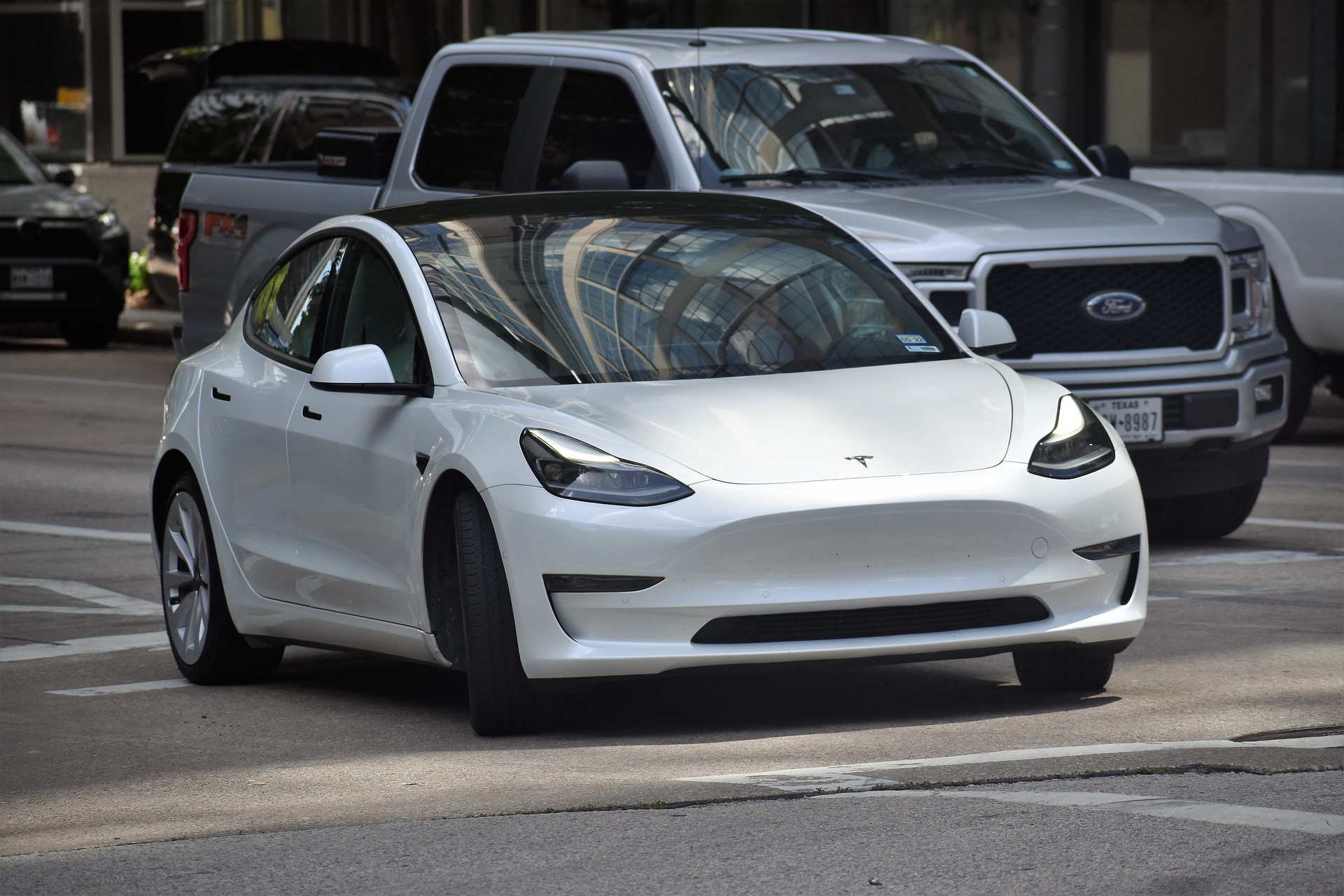Navigating the Complexities of Autonomous Vehicle Legislation
In the swiftly expanding world of autonomous vehicles, deciphering the legislative landscape can be a daunting task. This article explores the legal terrain, offering a detailed look at the history, recent changes, and the implications of laws shaping this pivotal industry.

Historical Context and Pivotal Legal Developments
In the earliest days of the automobile, legislative attention was focused primarily on traffic control and safety. Autonomous vehicles, however, usher in a new era of complexity, necessitating entirely new legal frameworks. The first law specific to autonomous vehicles in the US - The SELF DRIVE Act - was introduced in 2017, establishing a federal standard for autonomous vehicle regulations.
State-Level Legislation Trends
While the federal government oversees motor vehicle safety standards, it’s up to states to enact laws related to vehicle registration, insurance, and other details. As of November 2021, 29 states have enacted laws related to autonomous vehicles, each grappling with the unique challenges of liability, safety, infrastructure, and societal impact.
Federal Policies and Legislation Updates
More recently, in the face of a patchwork state-level regulation system, the US federal government has stepped in. The AV START Act, which follows the SELF DRIVE Act, is the latest bill that aims to create a standard framework for autonomous vehicle safety across states. Still pending in the Senate, it points to growing federal efforts to produce overarching standards.
Implications and Impact on Society
The legal landscape for autonomous vehicles isn’t just confined to policy makers and legal professionals – it has wide-ranging implications for society. One major concern is liability in the event of accidents. Changes in the legal structure can shift liability from the driver to the autonomous vehicle’s manufacturer or operator, influencing insurance markets and consumer protection.
Balancing Comprehensive Legislation with Technological Innovations
The rapid pace of technological innovation in the autonomous vehicle industry presents a significant challenge for the law. Legislators need to balance their goal of comprehensive legislation with the need to avoid stifling innovation. It’s a balancing act that requires a proactive and adaptable legal approach.
In conclusion, the legal landscape for autonomous vehicles is continually shifting, a response to rapid advancements in technology and the goal of ensuring public safety. This complexity underscores the importance of detailed, timely legal analysis, allowing stormy waters to be navigated with confidence and insight. It will be intriguing to observe how legal nuances unfold as more autonomous vehicles hit the roads.




